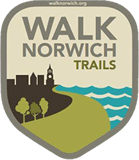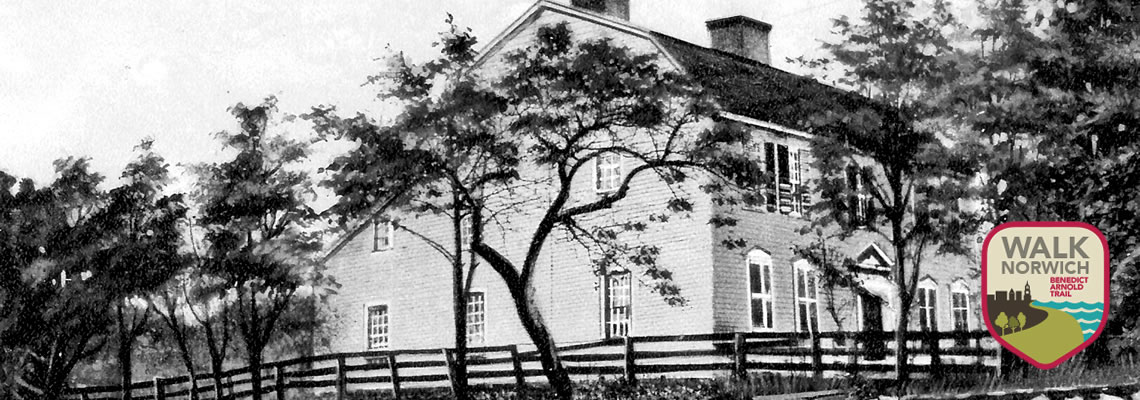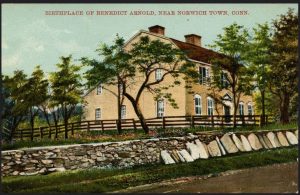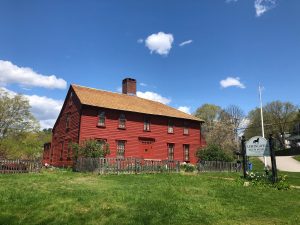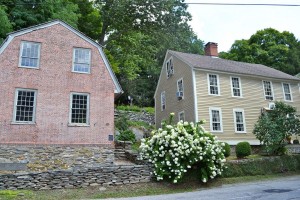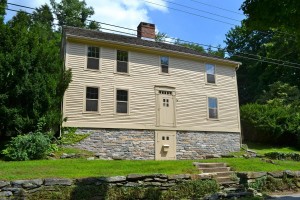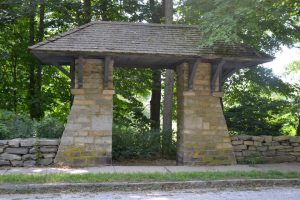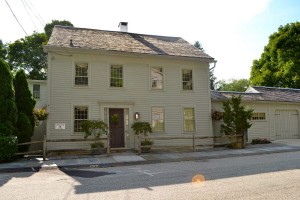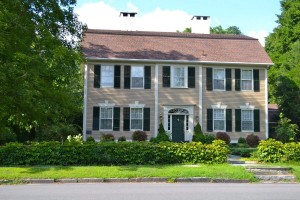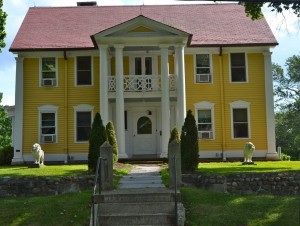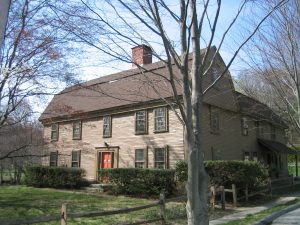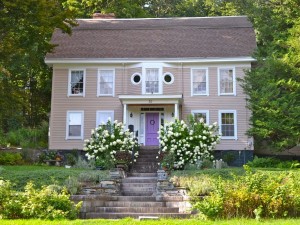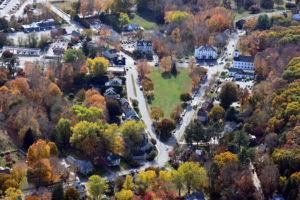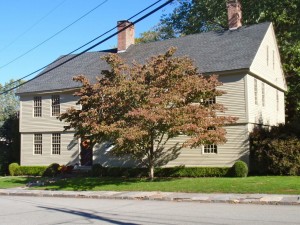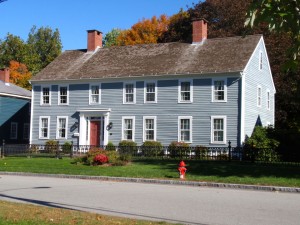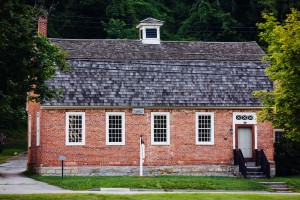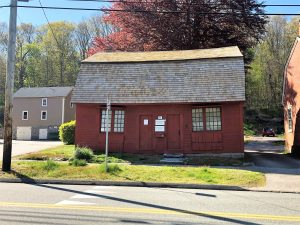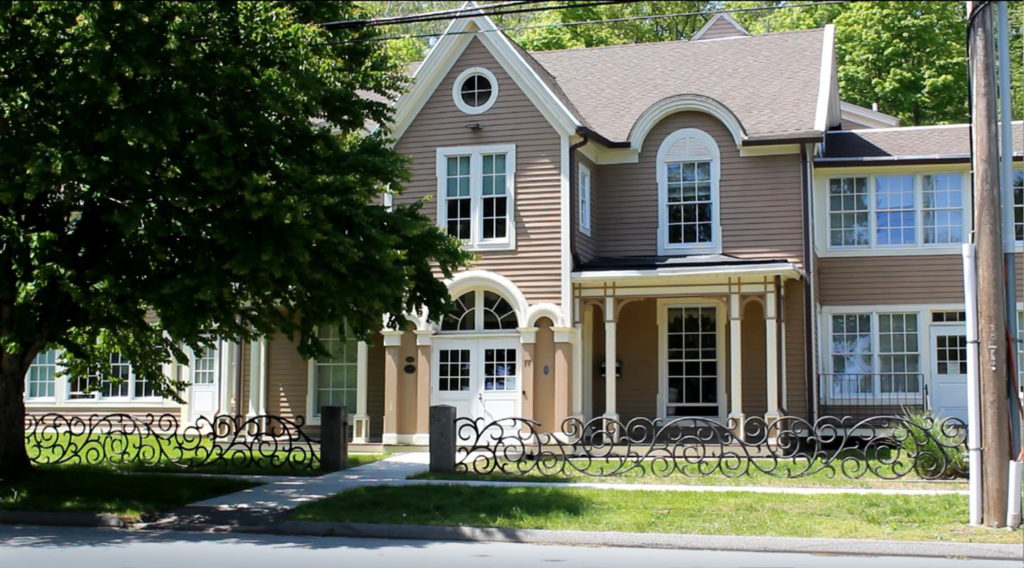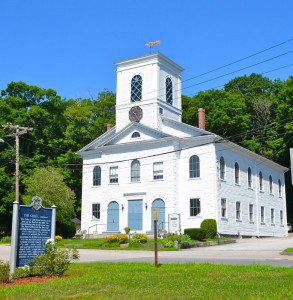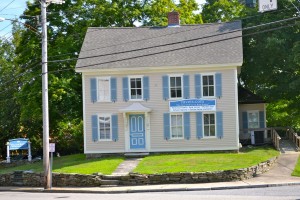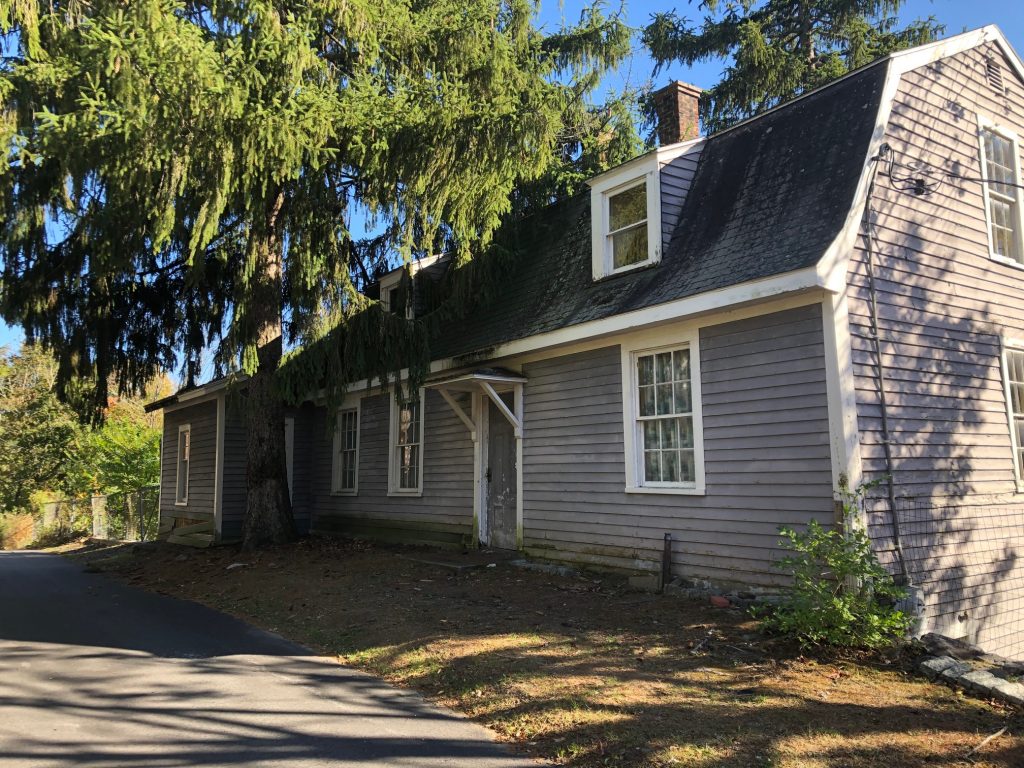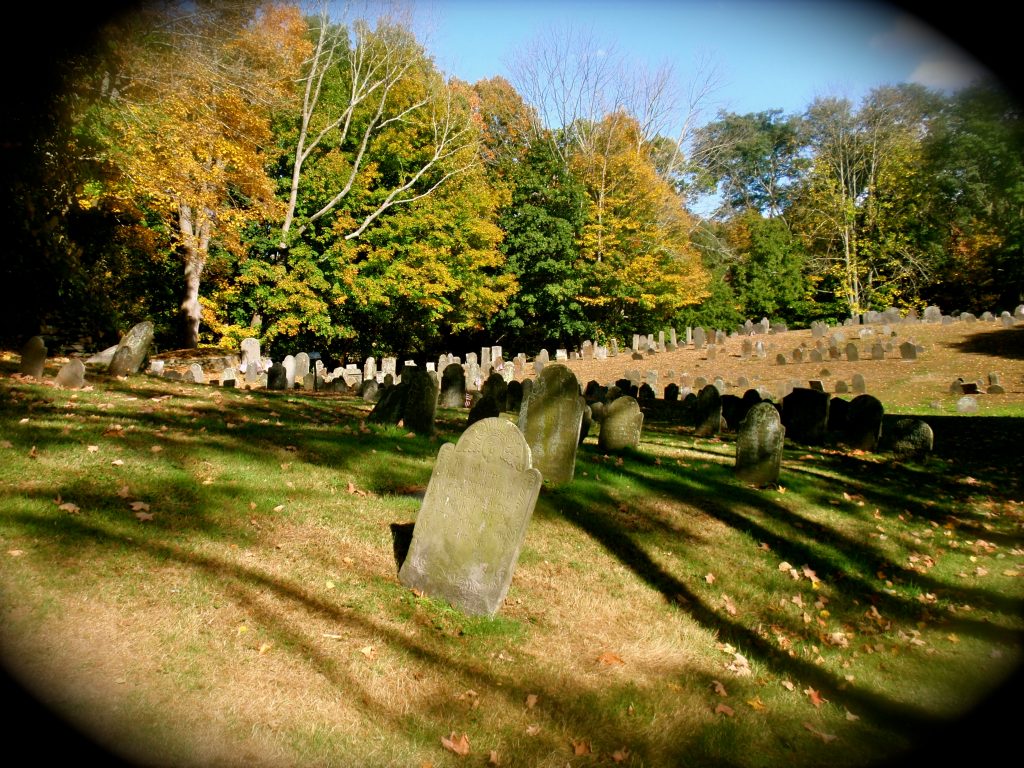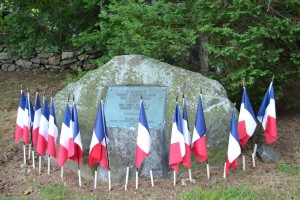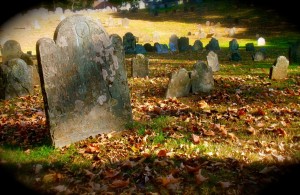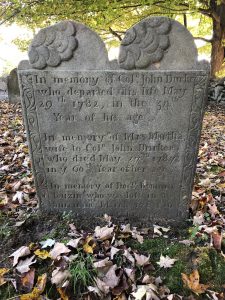THE BENEDICT ARNOLD WALKING TRAIL
Length 2 Miles, 40 Minutes
Type: Culture
Difficulty Level: Easy, some uneven terrain
Benedict Arnold is Norwich’s most infamous native son. Discover the story of a controversial and complicated man who greatly impacted our nation’s history during the Revolutionary War. The tour gives a glimpse into Benedict Arnold’s complex childhood and discusses prominent Norwich figures that played a role in the Revolutionary War. Many of the stops on the trail are located in the Norwichtown Local Historic District. The tour can be explored in any order. Enjoy!
Setting the Stage
The Mohegan Tribe was the original stewards of the land where the City of Norwich now stands. Norwich can trace its origins to the year 1659, when Chief Uncas gave a gift of 9 miles square of his native homeland to the immigrant people surrounding him. The early English settlements included Norwichtown and the Bean Hill historic districts. Throughout the eighteenth century, Norwich grew as an inland port and commercial hub powered by numerous water-powered mills along its three rivers, the Yantic, Shetucket, and Thames. Crops, livestock, lumber, as well as rum, sugar, and molasses from the West Indies all circulated in and out of Norwich’s Chelsea Landing. As a center of industry, Norwich grew to be the twelfth largest city in the 13 colonies by 1774.

